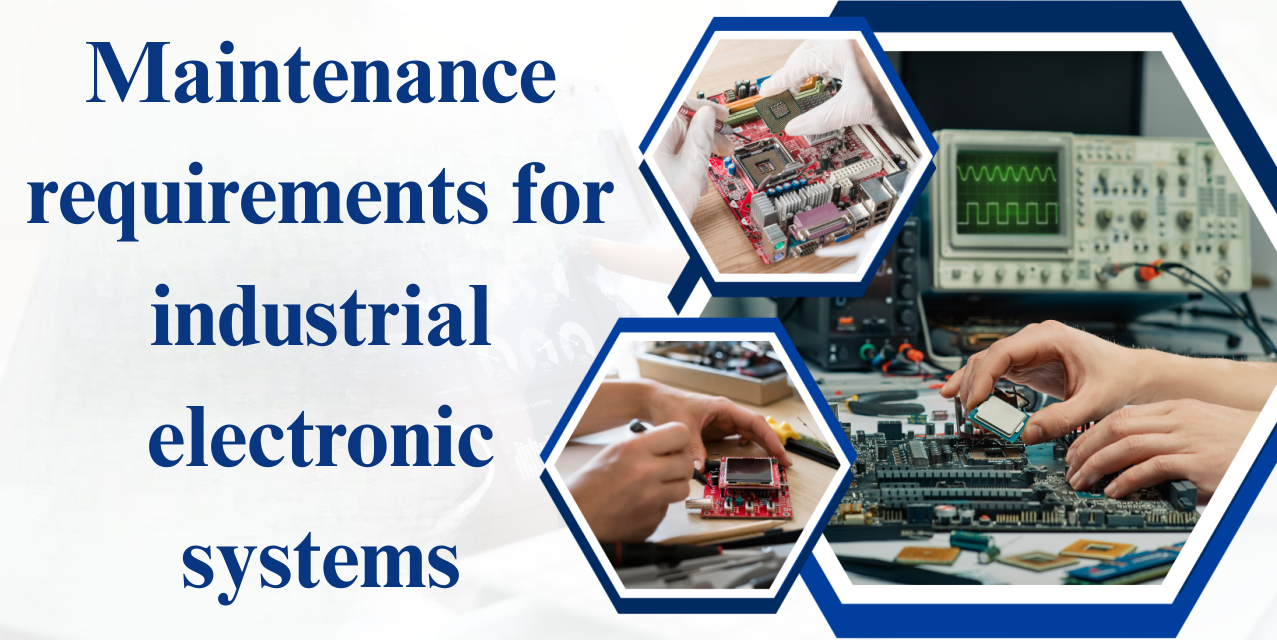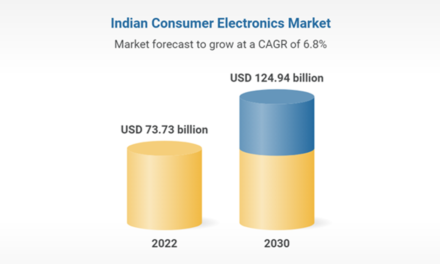The maintenance requirements for industrial electronic systems are critical to ensure their smooth operation, extend their lifespan, and minimize downtime. Regular maintenance helps prevent equipment failure, reduces repair costs, and ensures system reliability in industrial environments. Here are the main maintenance requirements for industrial electronic systems:
1. Routine Inspections and Testing
- Visual Inspections: Regularly check for signs of wear, overheating, loose connections, and physical damage to components such as circuit boards, wiring, and connectors.
- Functional Testing: Perform operational tests on controllers, sensors, actuators, and other devices to ensure they are working as intended. For example, testing PLCs for input-output (I/O) functionality.
- Calibration: Sensors and measurement devices need to be calibrated periodically to ensure accurate readings and prevent drift in measurements.
2. Cleaning and Dust Control
- Clean Components: Dust and dirt can accumulate on industrial electronic devices, affecting performance and causing overheating. Regular cleaning of devices, especially cooling systems, ventilation fans, and circuit boards, is essential.
- Environment Control: Maintain a clean and controlled environment for electronic devices. Dust, humidity, and temperature fluctuations can lead to component failure, so industrial environments should have proper air filtration and humidity control.
3. Firmware and Software Updates
- Update Firmware: Industrial electronic devices often come with firmware that may require periodic updates to fix bugs, improve performance, or enhance security. Updating the firmware on PLCs, sensors, and other smart devices ensures that the system is running the most current software.
- Software Maintenance: Control systems like SCADA or DCS may require software updates to address new requirements, security patches, or bug fixes. Routine software maintenance ensures that the system remains secure and efficient.
4. Electrical System Maintenance
- Check Power Supply: Ensure that power supplies, transformers, and circuit breakers are functioning correctly and providing the proper voltage and current to the devices.
- Inspect Wiring and Connections: Check for frayed wires, loose connections, or signs of corrosion in terminals and connectors. Faulty connections can lead to short circuits or equipment failure.
- Test Backup Power Systems: Ensure that backup power systems (like UPS or generators) are operational to protect against power outages.
5. Component Monitoring and Predictive Maintenance
- Condition Monitoring: Use sensors and monitoring devices to track the health of critical components, such as motors, drives, and pumps. Vibration sensors, temperature sensors, and current monitors can identify potential issues before they result in failure.
- Predictive Maintenance: Leverage predictive maintenance technologies, which use data analytics and machine learning to predict when a part is likely to fail. This allows for maintenance to be scheduled before a breakdown occurs, minimizing downtime.
6. Protective Measures and Safety Checks
- Check Safety Systems: Ensure that safety systems like emergency shutdown systems (ESD) and safety instrumented systems (SIS) are functioning properly to protect personnel and equipment from hazards.
- Inspect Grounding and Surge Protection: Verify that all electrical equipment is properly grounded and that surge protection devices are in place to prevent damage from voltage spikes.
7. Replacement of Worn-Out or Expired Components
- Replace Consumables: Some industrial electronic systems have components that degrade over time, such as batteries (in backup systems or sensors), fuses, and cooling fans. These should be replaced periodically based on the manufacturer’s recommendations.
- Obsolete Components: Periodically check for obsolete or discontinued components. These may need to be replaced with updated versions to avoid future supply chain issues.
8. Data Backup and System Recovery
- Backup Configurations: Regularly back up the configurations of PLCs, SCADA systems, and other control devices to ensure that system settings can be restored in case of failure or accidental changes.
- Disaster Recovery Planning: Maintain and test disaster recovery plans to restore operations quickly after system failures or cybersecurity attacks.
9. Documentation and Record Keeping
- Maintenance Logs: Keep detailed records of inspections, maintenance activities, component replacements, and software updates. This documentation helps track the system’s health over time and provides valuable information for troubleshooting.
- Manufacturer Guidelines: Follow the maintenance schedules and guidelines provided by the manufacturers to ensure the correct handling and maintenance of equipment.
10. Training and Skill Development
- Staff Training: Regularly train staff on the operation and maintenance of industrial electronic systems. This includes understanding troubleshooting procedures, calibration techniques, and safety protocols.
- Upgrading Skills: As technology evolves, ensure that maintenance personnel stay updated with new tools, software, and maintenance techniques.
Regular maintenance of industrial electronic systems is crucial for ensuring their efficiency, reliability, and safety. It includes routine inspections, testing, cleaning, calibration, and updates to hardware and software. Preventive measures such as predictive maintenance, proper power supply checks, and the replacement of worn-out components help avoid unexpected downtime. Additionally, safety checks and staff training are vital to maintaining optimal performance and minimizing risks.














